|
Summer has truly begun in DC when the forecast calls for back-to-back nights with good seeing, and the planets begin to rise high above the horizon. After a very satisfying morning with my Takahashi FC-100DZ, gazing at the southern icecap of Mars, I hauled out my TEC 140 last night and found the same gap in the trees. Once again, there were Mars and Jupiter in the pellucid morning sky, in good (if not exactly great) seeing. I'd swapped my DM-4 mount for a DM-6, and my carbon fiber tripod for a Berlebach Uni. The heavier ensemble is much more pleasant to use. As I've written in these pages, there's just not beating the mechanical quality of TEC. Every aspect of the 140 is a joy to see and a pleasure to manipulate. The DM-6 and Uni hold the telescope exceptionally well, with virtually no vibrations even when I adjust the buttery-smooth Feathertouch focuser. If I could have just one setup: yes, it would be this. I've often found an easily noticeable difference at the eyepiece between quality 4- and 5.5-inch refractors. The TEC in particular has given me my finest-ever views of Jupiter and the Moon, with an ethereal, three-dimensional quality and the sensation of texture that I've never had with another telescope. This morning, however, I was mildly surprised to find that the view resembled what I'd seen the previous morning, using the FC-100DZ. Granted, I could see a star near Mars that I hadn't sighted with the smaller refractor, and the cloud belts of Jupiter definitely showed more detail in moments of steady seeing. At well over 200x, a dark albedo feature on Mars seemed to more clearly extend north from the southern icecap, which of course I could make out clearly. Yet the difference was, overall, insubstantial. I think amateur astronomers too often exaggerate the importance of equipment in what they can discern at the eyepiece, and too often understate the influence of the atmosphere. In my experience, even subtle atmospheric differences from night to night - and from one part of the sky to the other - can matter more than very substantial differences in equipment (that might make one setup cost many thousands of dollars more than another). It's humbling to know that a $150 telescope - such as the C90 - could outperform an $8000 refractor (such as the TEC 140) on any given night. I also wonder to what extent nearby streetlights were running interference, softening the view at the eyepiece. Something like that seems to have happened to me before, when my FC-100DC suddenly showed garish chromatic aberration as I observed the Moon under some bright lights. In any case, several dark markings - barges? - were fleetingly visible in what I took to be the north equatorial and north temperate cloud belts of Jupiter. I was again struck by the pale and almost washed-out view of the planet, where contrast has often seemed so stark with a 5.5-inch refractor. I thought I could make out a very faded Great Red Spot: not much more than a subtle blotch in the planet's southern hemisphere. After I packed up, I reflected on a recent trip to some astronomical archives, which I consulted to complete my next book, Ripples in the Cosmic Ocean. Among other stops, my travels took me to the archive of the Royal Astronomical Society of Canada, which is tucked away in a little office on the second-story of a nondescript building in Toronto. There's a heap of telescopes in the middle of the archive, and the Society's wonderful archivist explained to me that all of them, in various ways, tell the history of astronomy in Canada. He hopes to mount them in a museum - and indeed I drooled over some fascinating pieces. One I found particularly striking: a beautifully-preserved little telescope - is it 40, maybe 50mm across? - used by satellite-trackers in Operation Moonwatch, amid the paranoia that accompanied the early Space Age. The mechanical quality really impressed me - the tabletop tripod alone was a diminutive masterpiece - and I wondered what the optics could reveal. I'll bet today's amateurs would pay through the nose for a travel scope like this one. I visited the archive to look over some astronomical logbooks, and as usual those were a treat. It can be viscerally moving to read over another amateur's drawings and reflections from decades or centuries ago. Our world has changed - and sometimes other worlds have, too - but there's a common thread: the long-dead observer and I both gazed with wonder at something that's far bigger than our fleeting lives. We struggle to put in words what it means for us, as we obsess over equipment and traces of detail in planetary disks. We are the Universe, conscious of itself - but only briefly.
0 Comments
The planets are rising high above the early morning horizon, and for once the forecast called for good seeing. I slept fitfully until 4:15 AM, nearly convinced myself to fall back asleep, and finally slipped out the back door at 4:45. I soon found that I couldn't see a planet from my backyard, but I did find a spot nearby where a gap in the trees revealed two brilliant planets. They were remarkably close together - not much more than Jupiter and Venus were about a month ago. With the Sun beginning to brighten the morning sky, I set up my Takahashi and targeted the brightest of those planets. At first, I thought it must be Venus - that's how bright it was - and I assumed the less brilliant, yellowish planet was Jupiter. For a minute or two I thought my finderscope must be misaligned. I kept targeting the brightest planet, and time and again Jupiter showed up in the eyepiece. Finally, it dawned on me - a little later than it might have, had I had more sleep - that in fact the brilliant planet was Jupiter. I was astonished to find that the dimmer - but still very bright - planet was Mars. It's so much brighter now than it was just a month ago - and that, of course, means that it's fast approaching Earth. I was a little disappointed upon observing Jupiter. Towards the eastern horizon, the seeing was a little worse than I'd expected, and although I could make out many salmon-colored belts, shimmering in the tremulous atmosphere, the planet seemed a little washed out. It lacked the vivid reds and ochres that sometimes create such striking contrast on Jupiter. At just over 200x the Galilean moons were tiny disks, but without obvious differences in color. Mars, by contrast, was a deeper red than I've normally seen it. For the first time in two years, I made out a polar icecap - this one the southern icecap - and a dark ring around it that was, in the late nineteenth century, widely assumed to be meltwater lake draining off the cap. I could also discern dark streaks shooting up towards the Martian equator. In the nineteenth century, many astronomers - not just Percival Lowell - figured that these were canals and oases channelling polar meltwater towards cultivated fields. That was how the Martians were thought to cling to life on a drying and cooling world.
Mars is my favorite planet to observe when it nears its biannual opposition (and it's free of planet-encircling dust storms). This morning reminded me of the morning of June 9th, 2020, when I observed Mars for the first time through my FC-100DC, as it began to approach Earth that year. That morning, I was stunned to discern the southern icecap for the first time, along with dark albedo features that had never been visible to me before. It excited me to no end to realize how much more could be visible as the planet wheeled closer and closer to Earth that fall. I have much the same feeling now. I truly can't wait to see what Mars will bring this year. I wonder what I'll be able to glimpse with telescopes that are a little better than those I had in 2020. |
Archives
March 2024
Categories
All
|

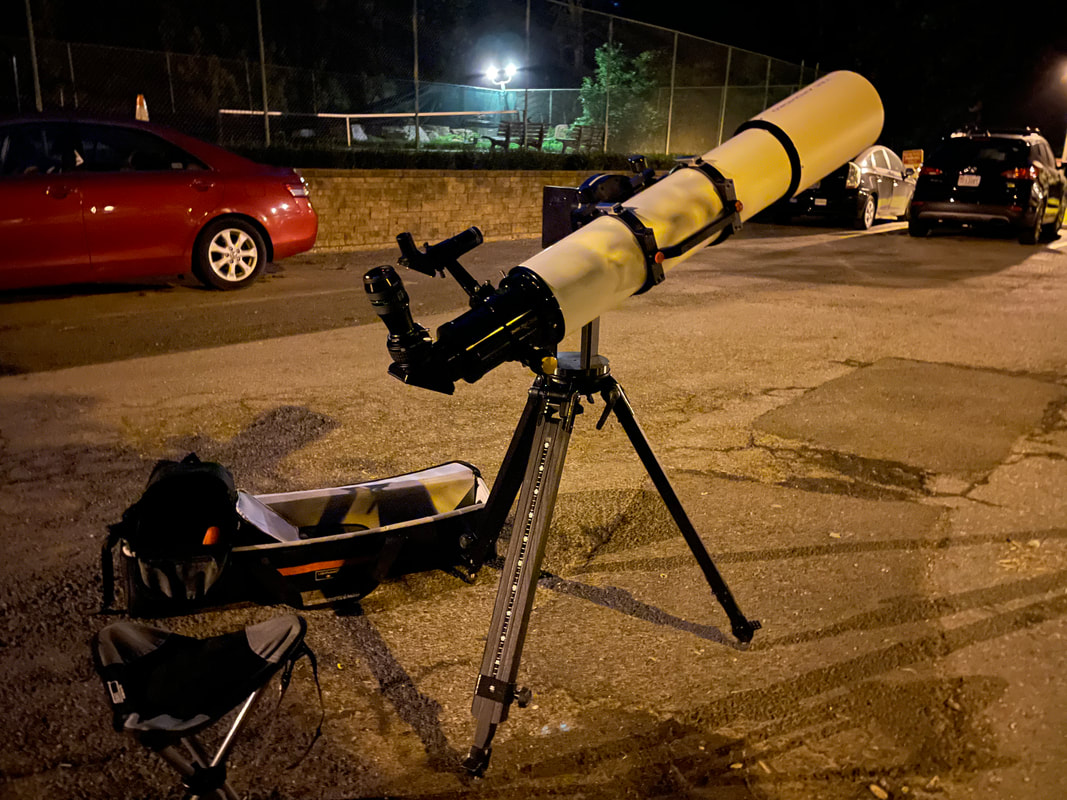
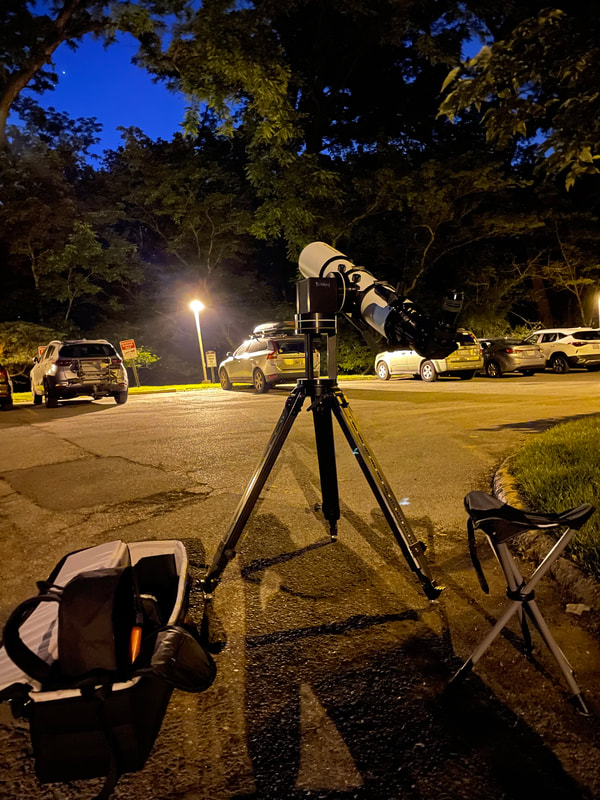
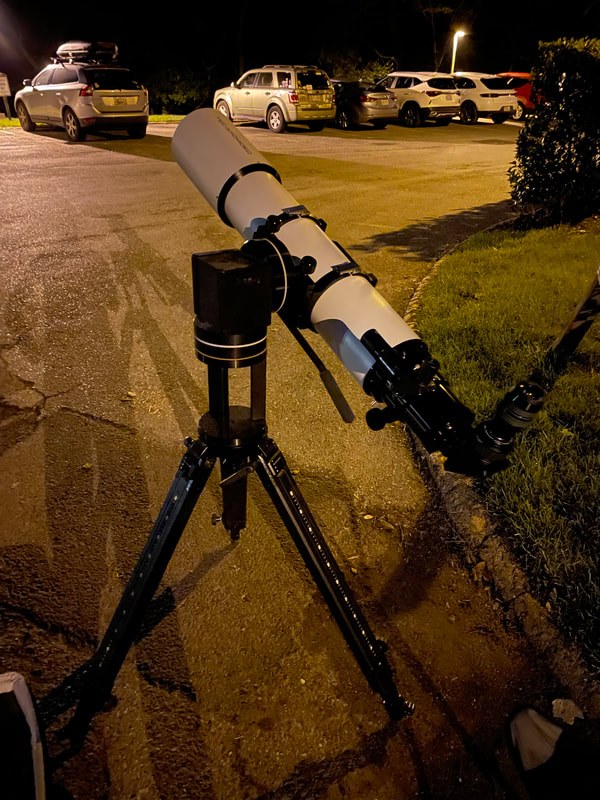
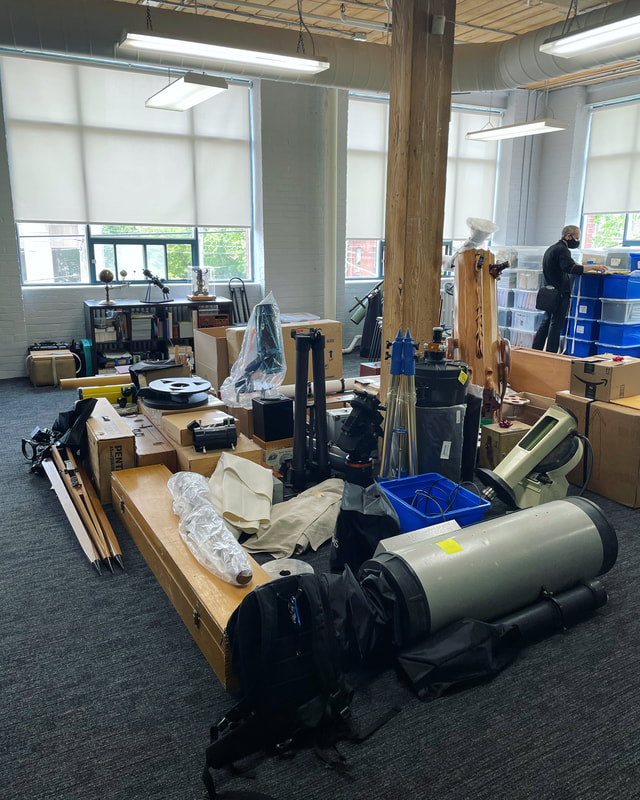
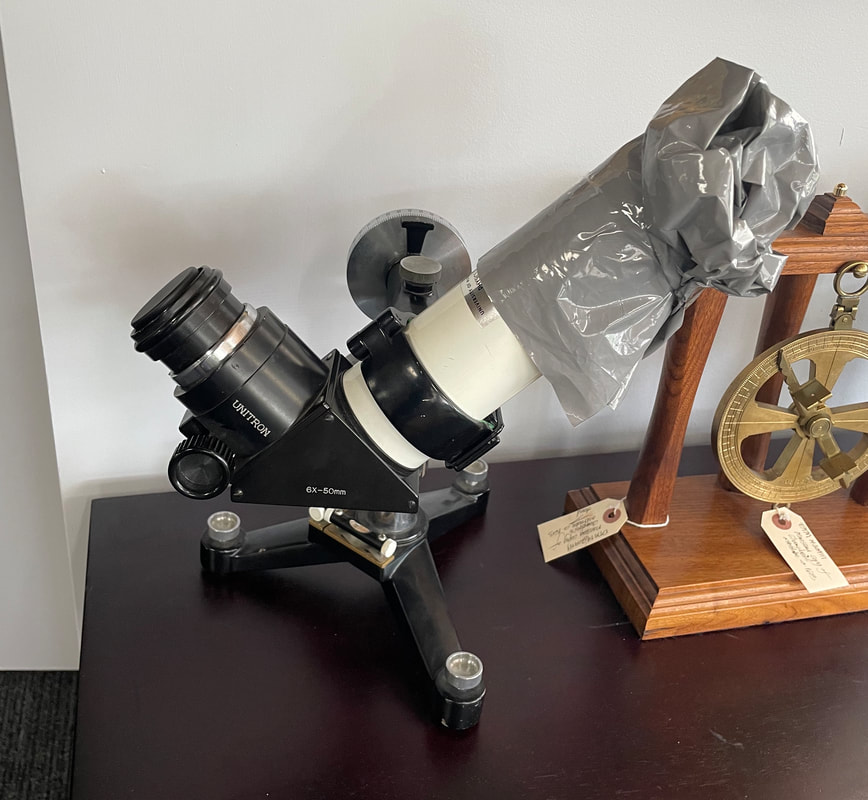
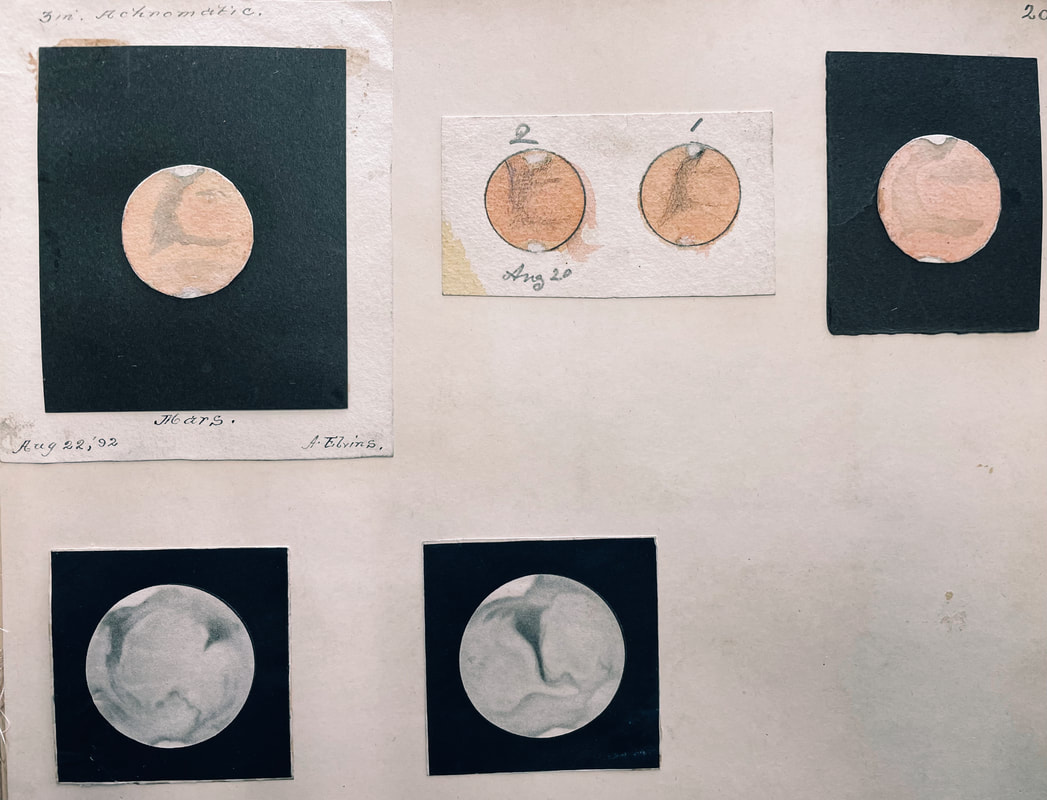
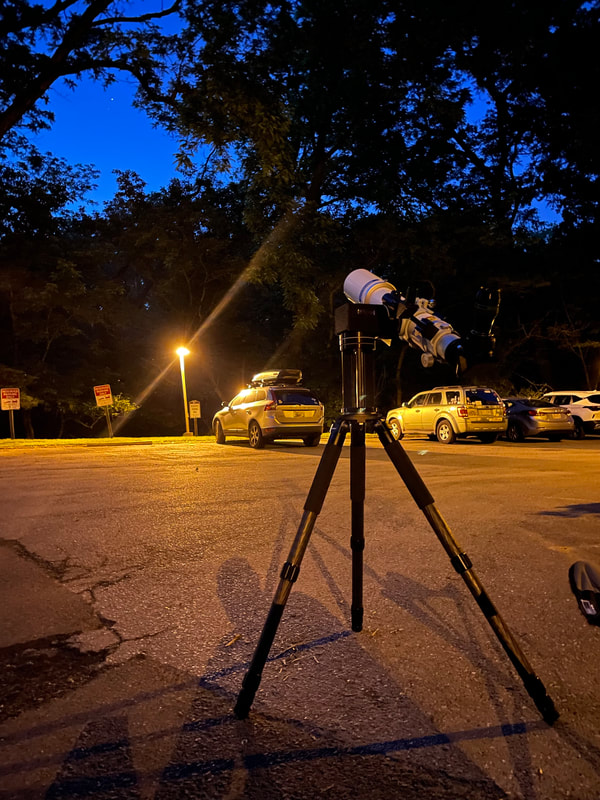
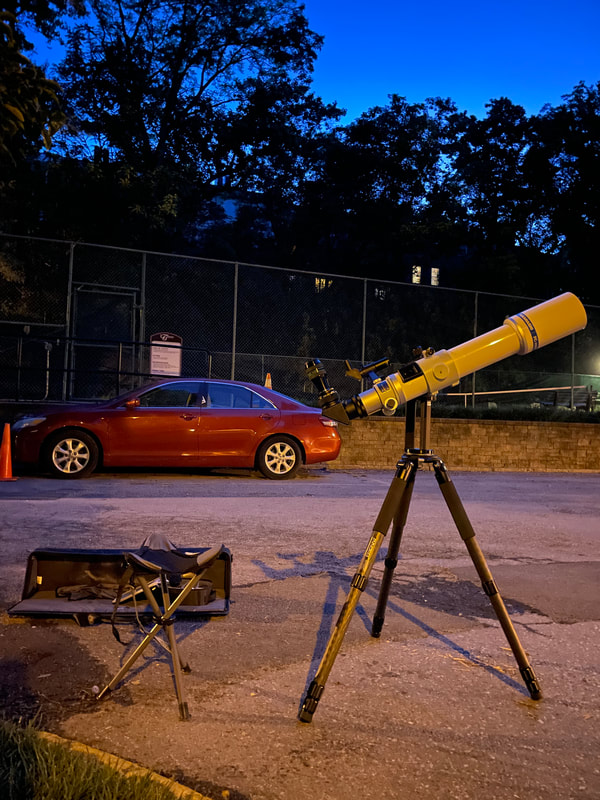
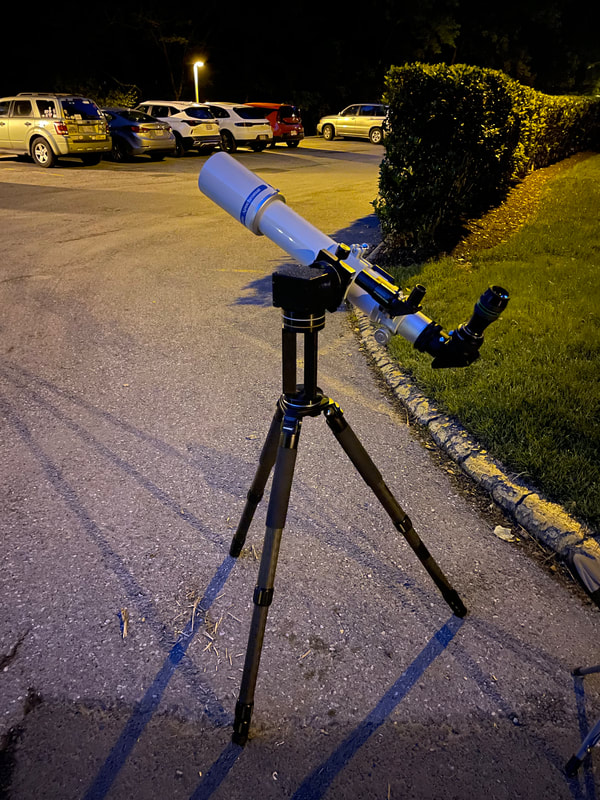

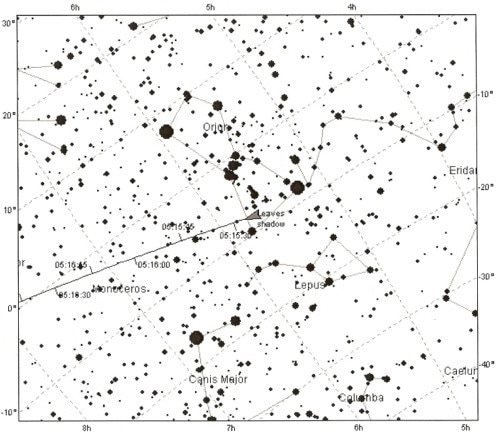
 RSS Feed
RSS Feed